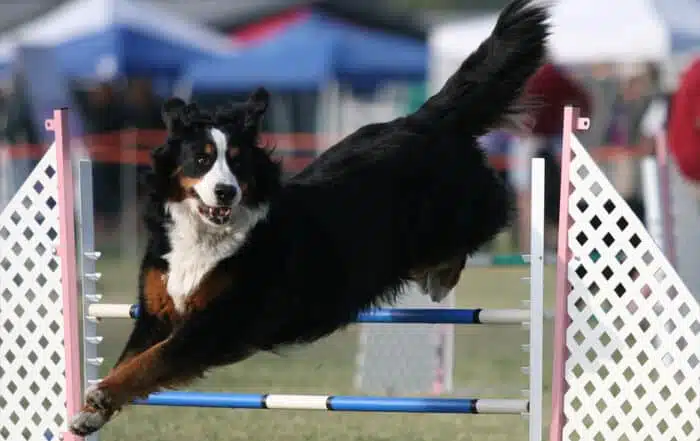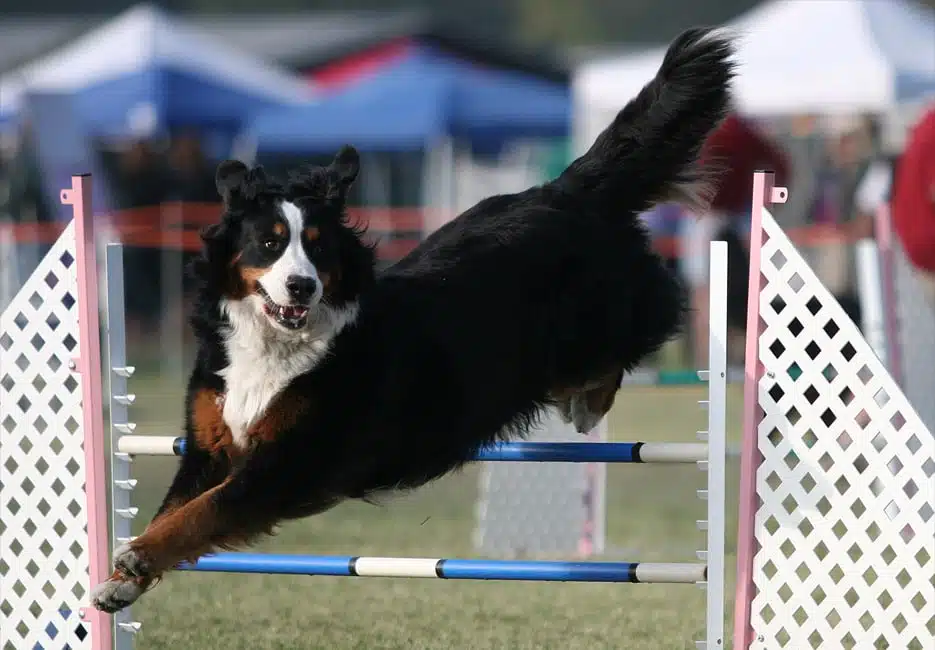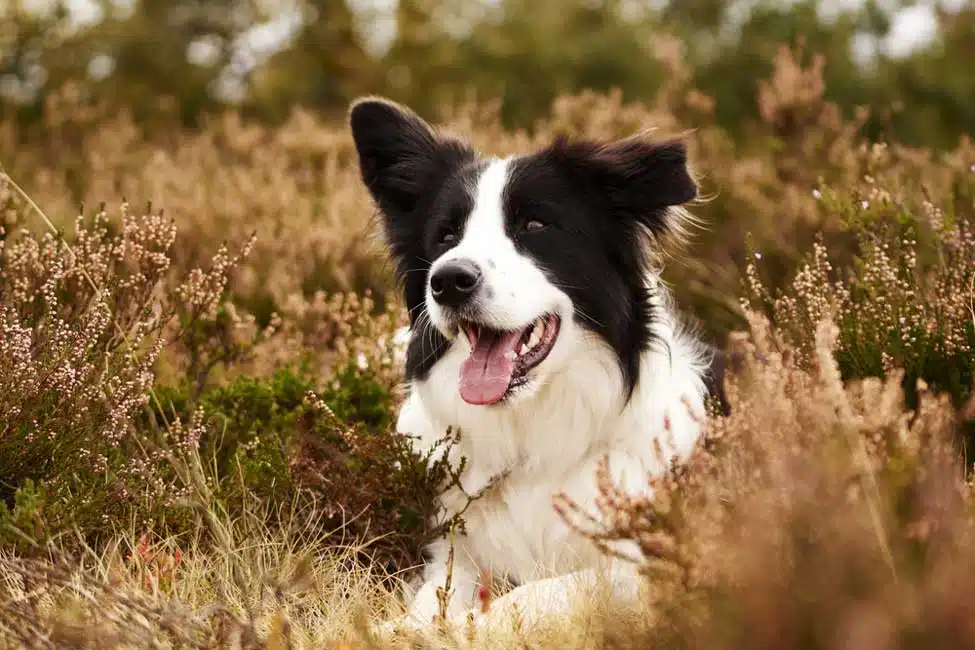Recent
Lucy Pet Formulas for Life: A Heart Healthy Dog Food
2025-07-12T21:31:57-07:00
Lucy Pet Formulas for Life: Small Bites for Small Breeds Dog Food
2025-07-12T21:20:39-07:00
Can Dogs Eat Duck? The Benefits of Duck Meat in Dog Food
2025-07-12T21:39:25-07:00
A Guide to the Best Dog Food for Golden Retrievers
2025-07-12T22:06:27-07:00
All Articles

BLOG CATEGORIES
-
Can Dogs Eat Duck? The Benefits of Duck Meat in Dog FoodJuly 11th, 2025
-
Common Australian Shepherd Health ProblemsNovember 13th, 2019
-
Is it possible to reverse the signs of aging in our dogs?March 28th, 2018
-
8 Reasons Lucy Pet Food is the BEST!March 29th, 2018
-
Introducing our totally awesome brand ambassador, Emmy PerryMarch 29th, 2018
-
Honoring pet heroes who have saved human livesDecember 26th, 2017
-
A Balanced View of Nutrition in Cat & Dog FoodJuly 12th, 2025
-
Lucy Pet Formulas for Life: A Heart Healthy Dog FoodJuly 12th, 2025
-
Can Dogs Eat Duck? The Benefits of Duck Meat in Dog FoodJuly 11th, 2025
-
Salmon in Dog Food? Everything You Need To Know!July 11th, 2025
-
Guide to the Best Dog Food for Border ColliesJuly 10th, 2025
A Balanced View of Nutrition in Cat & Dog Food
The Truth About Nutrition in Dog Food & Cat Food The amount of conflicting information on the internet about the nutrition in dog food and cat food can be challenging to interpret and understand.
Lucy Pet Formulas for Life: A Heart Healthy Dog Food
Lucy Pet Dog Food for Heart Health Lucy Pet Formulas for Life™ is formulated with lean proteins; it contains our own P.B.F Prebiotic Balanced Fiber™ for gut health. But what about heart health? Well,
Lucy Pet Formulas for Life: Small Bites for Small Breeds Dog Food
Lucy Pet Foods™ Small Bites for Small Breeds Dog Food Lucy Pet™ Small Bites Dog Food for Small Breeds is now made in little kibble for toy and small breed puppies and adult dogs!
Can Dogs Eat Duck? The Benefits of Duck Meat in Dog Food
Is Duck Meat Dog Food Good For Dogs? Some pet owners may be looking for alternatives to beef, lamb, salmon dog food or chicken dog food. And their question is: can dogs eat duck
Salmon in Dog Food? Everything You Need To Know!
The Benefits of Salmon Dog Food Dogs have a lot of nutritional demands in order to stay in peak condition. With their bodies only producing roughly half of the nutrients they need to live,
Guide to the Best Dog Food for Border Collies
The Best Dog Food for Border Collies: Feeding Tips For Pet Parents What's the best dog food for Border Collies? We offer a helpful guide. If there were ever a canine poster child for
Guide to the Best Dog Food for Chow Chows
. A Guide to the Best Dog Food for Chow Chows As any pet parent will attest, finding the best type of
A Guide to the Best Dog Food for Golden Retrievers
What Are the Best Dog Foods for Golden Retrievers? For any pet parent of a Golden Retriever can attest, they’re some of the friendliest pooches on the planet – in fact, they’re ranked number
How Dogs and Cats Positively Impact our Mental Health
How Dogs and Cats Positively Impact our Mental Health May is Mental Health Awareness Month, and at our Lucy Pet Foundation™, we know how important a pet can be for a positive impact on
Pet Safety Tips for 4th of July
Fireworks can turn even the calmest pets into anxious escape artists. Ensure your furry family members are safe and comfortable this Independence Day with our Pet Safety Tips for 4th of
Lucy Pet Dog Food Rolls for Travel and Emergency Preparedness
Lucy Pet Dog Food Rolls - Perfect For Travel as well as Emergency Preparedness Lucy Pet® Original Recipe™ Dog Food Rolls are a nutritious meal for the traveling dog. Plus they're quick to prepare
What Vegetables Can Dogs Eat? Safest and Best Veggies for Dogs
Safest and Best Veggies for Dogs. Since dogs require very different nutrition than humans, it can be difficult to determine which vegetable dogs should eat. You might think it’d be more straightforward when it comes to

































Owen Aston says:
Lorraine Winokur says: